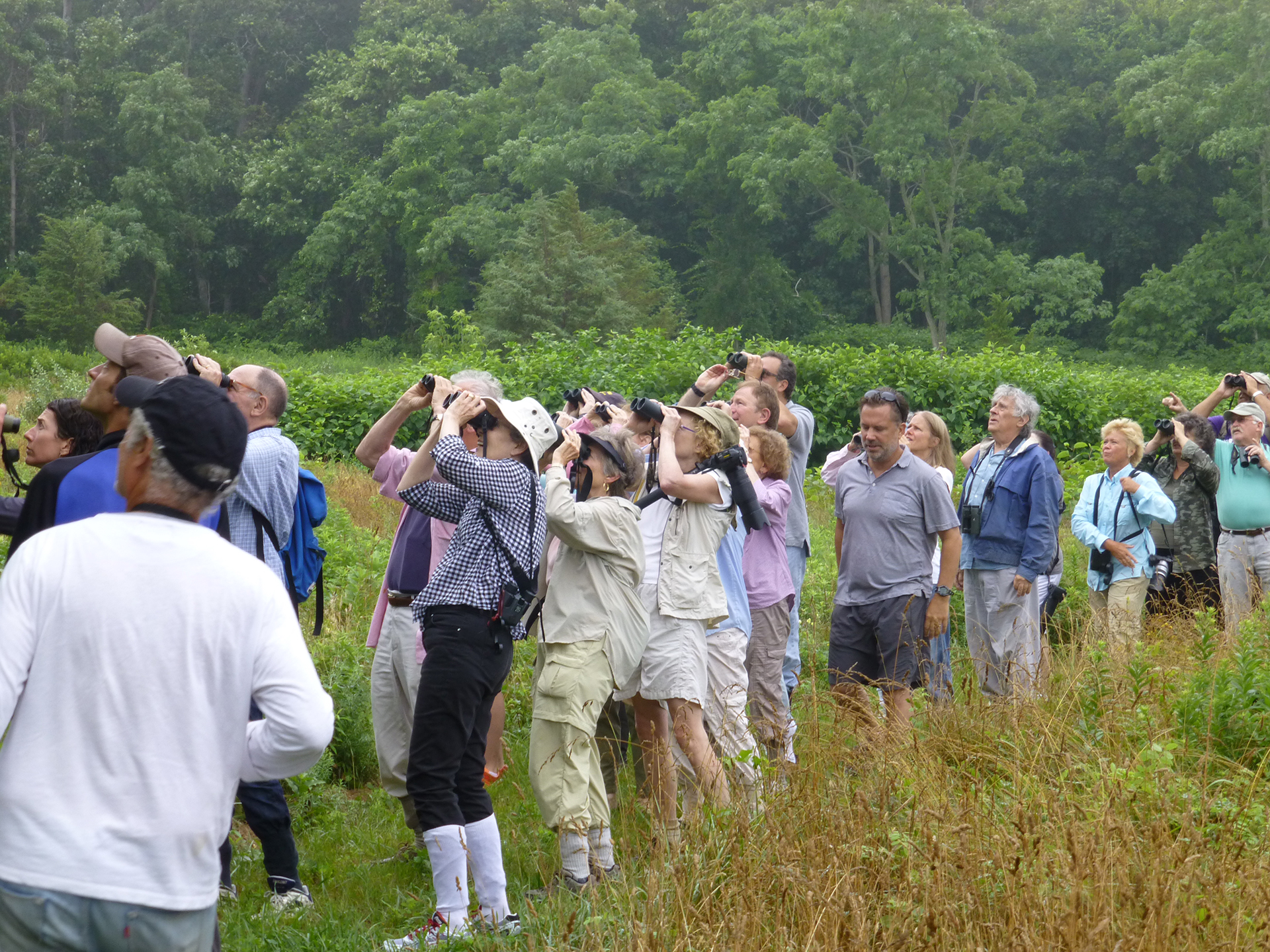Buzz Around Town


The buzz around town these days are hummingbirds visiting backyards. Some of us are very fortunate to have returning hummingbirds visit our homes each year, to either nest or stop by during migration to feed on nectar plants and hummingbird feeders.
There are approximately 300 species of hummingbirds found mostly throughout Central and South America. The Ruby-Throated hummingbird (Archilochus colubrus) is the only species that consistently enters the eastern two-thirds of the United States and is the species we have here on Long Island. In some years, we get the Rufous hummingbird (Selasphorus rufus) visiting in the fall on its migration south, but that’s a rare occurrence — and I hope someday it will visit my feeder.
Most hummingbirds that enter the U.S. are found in the western parts of the country, and southeastern Arizona is where the greatest variety can be found.
The Ruby-Throated hummingbird is a tiny bird, scarcely larger than a good-sized insect. It is white below and a glittery, sparkling green on the back. The adult male has an elegant, fiery throat, which, when the sun strikes it, flashes back a deep, glowing orange or red. The female has an olive-green back, but lacks the red throat.
The hummingbird moves its wings with such extraordinary rapidity, creating a buzzing sound like a bee makes. When hovering, the hummingbird’s wings can beat at the rate of 55 times a second but can increase to 75 times per second when flying forward at full speed. Its buzzing wings hold it steady in the air, where it can reach deep into a flower with its long bill and extract the nectar.
As it feeds, it darts skillfully from one blossom to another, an inch away, then six feet away, then back again — pausing exactly in front of each one, probing each blossom with its beak, starting and stopping with a jerk motion, turning at any angle with a sudden twist — or it may shoot away at full speed — a remarkable power, unbirdlike, acting more like an overgrown bee.
To attract hummingbirds to your backyard, a liquid solution of one-part granular sugar and four parts water is recommended. Make sure you boil the water first and then add sugar for dissolving efficiency. After mixing, let the solution cool and then add it to your feeder. The feeder should be checked several times a week and cleaned weekly to prevent mold and bacteria from forming.
Another way of attracting hummingbirds is to plant native wildflowers in your yard that produce orange or red flowers. We recommend that you visit your local garden center or stop by the museum for more information on planting local perennials, as opposed to non-native plants. This option is best for long-term success and is ecologically friendly.
Frank Quevedo is the executive director of the South Fork Natural History Museum. To find out more, visit www.sofo.org.



